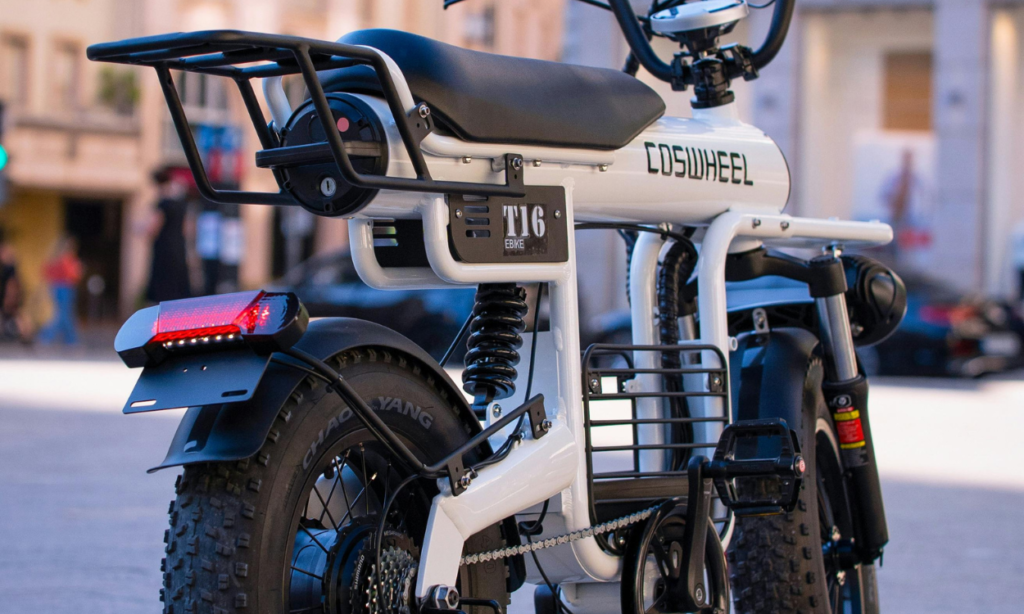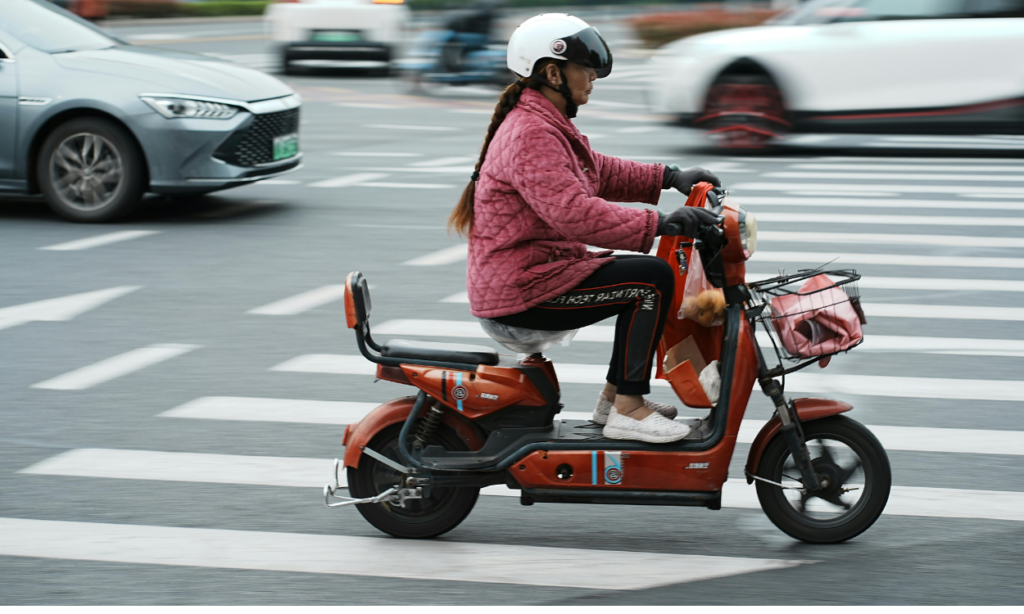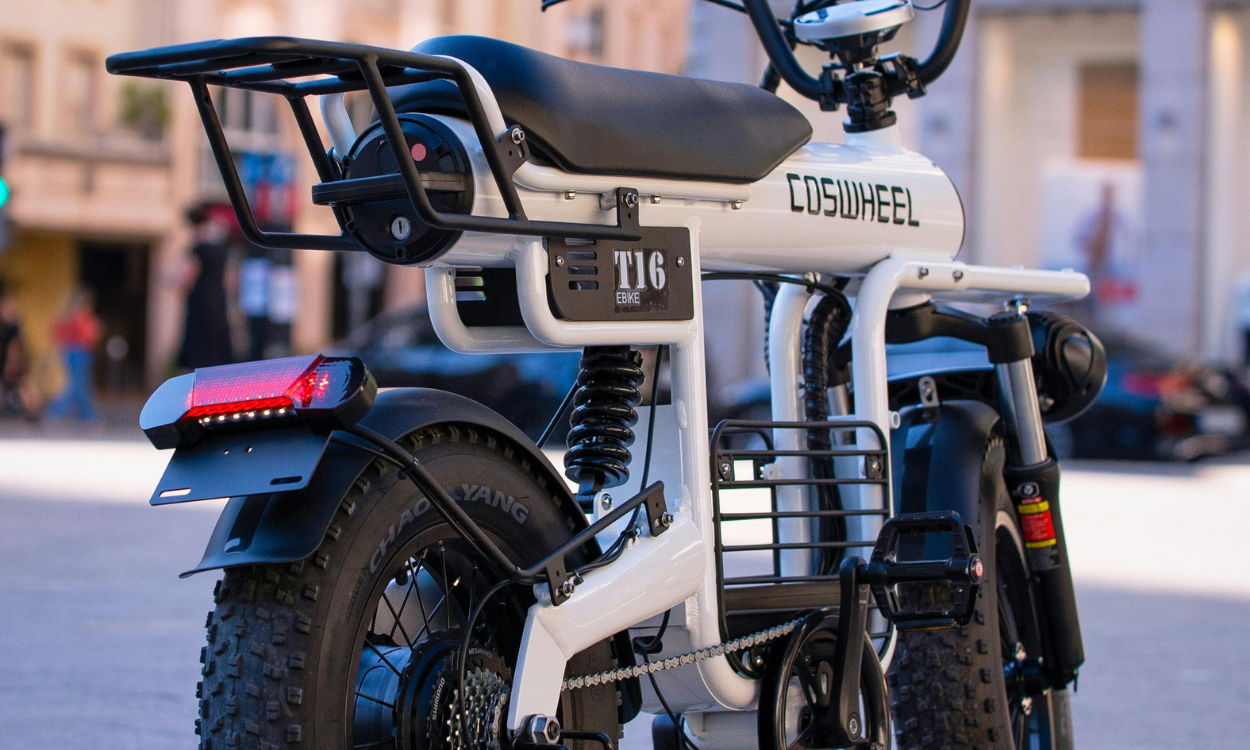Power Meets Sustainability: The Electric Two-Wheeler Evolution
As the world strives for cleaner and more sustainable energy solutions, the transportation sector is undergoing a significant transformation. At the heart of this revolution is the electric two-wheeler, a perfect amalgamation of power and sustainability. This innovation is not just a technological advancement but a step towards reducing our carbon footprint and promoting eco-friendly mobility. Let’s delve deeper into how power meets sustainability in the electric two-wheeler evolution, reshaping the way we commute.

The Rise of Electric Two-Wheelers
The journey of electric two-wheelers began as an alternative to traditional gasoline-powered bikes and scooters. With advancements in battery technology and growing environmental awareness, these vehicles have gained significant traction worldwide. Governments and private sectors are investing heavily in infrastructure and subsidies to make electric two-wheelers more accessible to the masses. This widespread adoption highlights the critical role of these vehicles in achieving sustainable urban mobility.

Why Electric Two-Wheelers?
The electric two-wheeler evolution is driven by several factors that align with both power and sustainability:
- Environmental Benefits: Electric two-wheelers produce zero tailpipe emissions, significantly reducing air pollution in cities. By switching to electric two-wheelers, we can combat climate change and improve urban air quality.
- Cost Efficiency: Compared to traditional fuel-powered vehicles, electric two-wheelers have lower operating and maintenance costs. The absence of fuel dependency also shields users from fluctuating gasoline prices.
- Technological Advancements: Modern electric two-wheelers are equipped with cutting-edge technologies such as regenerative braking, smart connectivity, and advanced battery management systems, ensuring efficiency and performance.
- Energy Efficiency: Electric motors are inherently more energy-efficient than internal combustion engines. This ensures that electric two-wheelers deliver optimal performance while conserving energy.

Key Features Driving the Electric Two-Wheeler Evolution
1. Battery Technology
At the core of the electric two-wheeler evolution is the advancement in battery technology. Lithium-ion batteries have emerged as the preferred choice due to their high energy density, longer lifespan, and faster charging capabilities. Ongoing research in solid-state batteries promises to revolutionize this further, offering lighter and more efficient energy storage solutions.
2. Charging Infrastructure
The expansion of charging networks plays a vital role in supporting the electric two-wheeler evolution. Fast-charging stations, portable chargers, and battery swapping solutions are making it more convenient for users to embrace electric mobility.
3. Smart Features
Electric two-wheelers are becoming smarter with features like GPS navigation, Bluetooth connectivity, and app-based controls. These innovations enhance user experience while ensuring safety and efficiency.
4. Sustainable Manufacturing
The shift towards electric two-wheelers also involves sustainable manufacturing practices. Companies are adopting eco-friendly materials and energy-efficient production processes to minimize environmental impact.
The Global Impact of Electric Two-Wheelers
The electric two-wheeler evolution is creating ripples across the globe. From Asia to Europe, countries are witnessing a surge in demand for these eco-friendly vehicles. Here’s how:
- Asia: Countries like India and China are leading the charge in electric two-wheeler adoption. With their vast population and urbanization, electric two-wheelers offer an affordable and sustainable transportation solution.
- Europe: With stringent emission regulations, European countries are rapidly transitioning to electric mobility. Incentives and subsidies further boost the adoption of electric two-wheelers.
- North America: While traditionally dominated by cars, North America is gradually embracing electric two-wheelers for short commutes and recreational purposes.
Challenges and Solutions
Despite the promising potential, the electric two-wheeler evolution faces challenges:
- High Initial Costs: Although electric two-wheelers have lower operational costs, their initial price can be a deterrent. Government subsidies and advancements in technology are helping bridge this gap.
- Limited Range: Range anxiety remains a concern for many users. However, innovations in battery technology and the proliferation of charging stations are addressing this issue.
- Battery Recycling: Proper disposal and recycling of batteries are crucial to ensure the sustainability of electric two-wheelers. Developing robust recycling infrastructure is essential for long-term success.
The Role of Policies and Incentives
Governments play a pivotal role in accelerating the electric two-wheeler evolution. Policies such as tax benefits, subsidies, and incentives for manufacturers and buyers are driving adoption. For instance, several countries have announced ambitious targets to phase out internal combustion engine vehicles, positioning electric two-wheelers as a cornerstone of their sustainable mobility strategy.
The Road Ahead
The future of electric two-wheelers looks promising. Innovations in battery technology, renewable energy integration, and smart mobility solutions are set to redefine the sector. As power meets sustainability, electric two-wheelers will continue to play a critical role in shaping a cleaner and greener future.
Conclusion
The electric two-wheeler evolution is more than just a technological trend; it’s a movement towards sustainable living. By embracing these vehicles, we are not only reducing our dependence on fossil fuels but also contributing to a healthier planet. As power meets sustainability in the electric two-wheeler evolution, it’s time to accelerate our journey towards a cleaner, greener, and smarter world.





